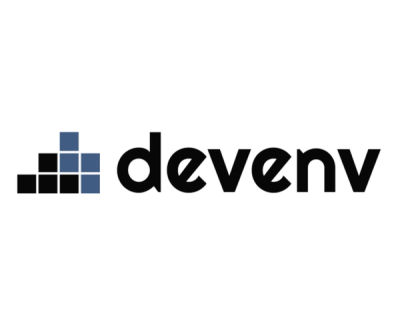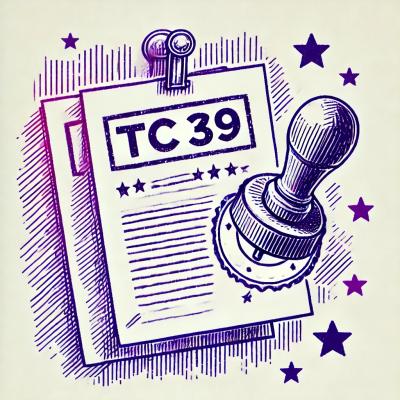@metamask/create-release-branch
This is an interactive command-line tool that automates steps involved in preparing a new release of a project. These steps include updating versions of one or more desired packages, adding a new section to the packages' changelogs to include changes since the previous release, and then creating a new branch from which a pull request can be submitted for review before the release goes live.
Note
At the moment, this tool only supports monorepos that use an independent versioning strategy. Support for other types of projects is planned in a future release.
Installation
Add this tool as a development dependency to your project:
yarn add --dev @metamask/create-release-branch
or:
npm install --save-dev @metamask/create-release-branch
Usage
For more on how to use this tool, please see the docs.
Contributing
Setup
- Install Node.js version 16
- If you are using nvm (recommended) running
nvm use will automatically choose the right node version for you. - Note that the version of Node used for development (in
.nvmrc) is intentionally higher than version used for consumption (as engines in package.json), as we have not fully phased out legacy versions of Node from our products yet.
- Install Yarn v3
- Run
yarn install to install dependencies and run any required post-install scripts
Testing and Linting
Run yarn test to run the tests once. To run tests on file changes, run yarn test:watch.
Run yarn lint to run the linter, or run yarn lint:fix to run the linter and fix any automatically fixable issues.
Release & Publishing
The project follows the same release process as the other libraries in the MetaMask organization. The GitHub Actions action-create-release-pr and action-publish-release are used to automate the release process; see those repositories for more information about how they work.
-
Choose a release version.
- The release version should be chosen according to SemVer. Analyze the changes to see whether they include any breaking changes, new features, or deprecations, then choose the appropriate SemVer version. See the SemVer specification for more information.
-
If this release is backporting changes onto a previous release, then ensure there is a major version branch for that version (e.g. 1.x for a v1 backport release).
- The major version branch should be set to the most recent release with that major version. For example, when backporting a
v1.0.2 release, you'd want to ensure there was a 1.x branch that was set to the v1.0.1 tag.
-
Trigger the workflow_dispatch event manually for the Create Release Pull Request action to create the release PR.
- For a backport release, the base branch should be the major version branch that you ensured existed in step 2. For a normal release, the base branch should be the main branch for that repository (which should be the default value).
- This should trigger the
action-create-release-pr workflow to create the release PR.
-
Update the changelog to move each change entry into the appropriate change category (See here for the full list of change categories, and the correct ordering), and edit them to be more easily understood by users of the package.
- Generally any changes that don't affect consumers of the package (e.g. lockfile changes or development environment changes) are omitted. Exceptions may be made for changes that might be of interest despite not having an effect upon the published package (e.g. major test improvements, security improvements, improved documentation, etc.).
- Try to explain each change in terms that users of the package would understand (e.g. avoid referencing internal variables/concepts).
- Consolidate related changes into one change entry if it makes it easier to explain.
- Run
yarn auto-changelog validate --rc to check that the changelog is correctly formatted.
-
Review and QA the release.
- If changes are made to the base branch, the release branch will need to be updated with these changes and review/QA will need to restart again. As such, it's probably best to avoid merging other PRs into the base branch while review is underway.
-
Squash & Merge the release.
- This should trigger the
action-publish-release workflow to tag the final release commit and publish the release on GitHub.
-
Publish the release on npm.
- Wait for the
publish-release GitHub Action workflow to finish. This should trigger a second job (publish-npm), which will wait for a run approval by the npm publishers team. - Approve the
publish-npm job (or ask somebody on the npm publishers team to approve it for you). - Once the
publish-npm job has finished, check npm to verify that it has been published.



